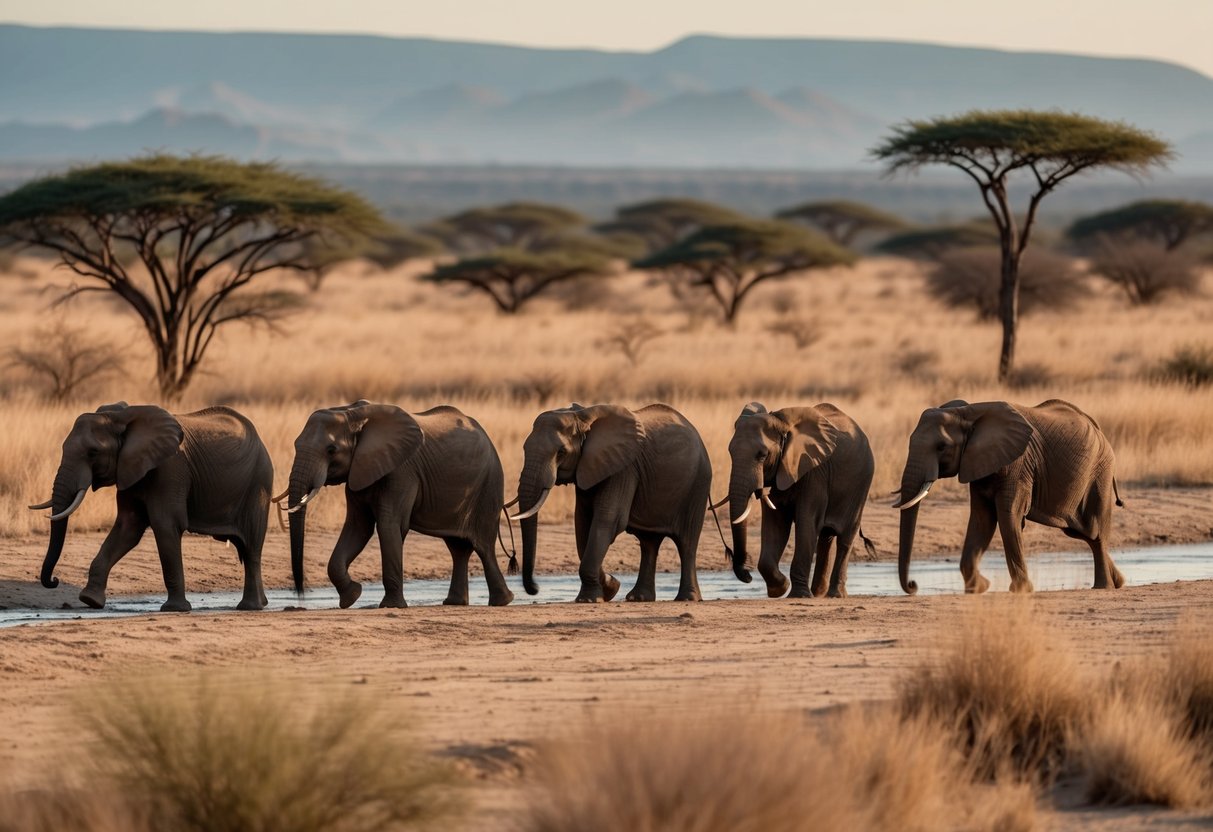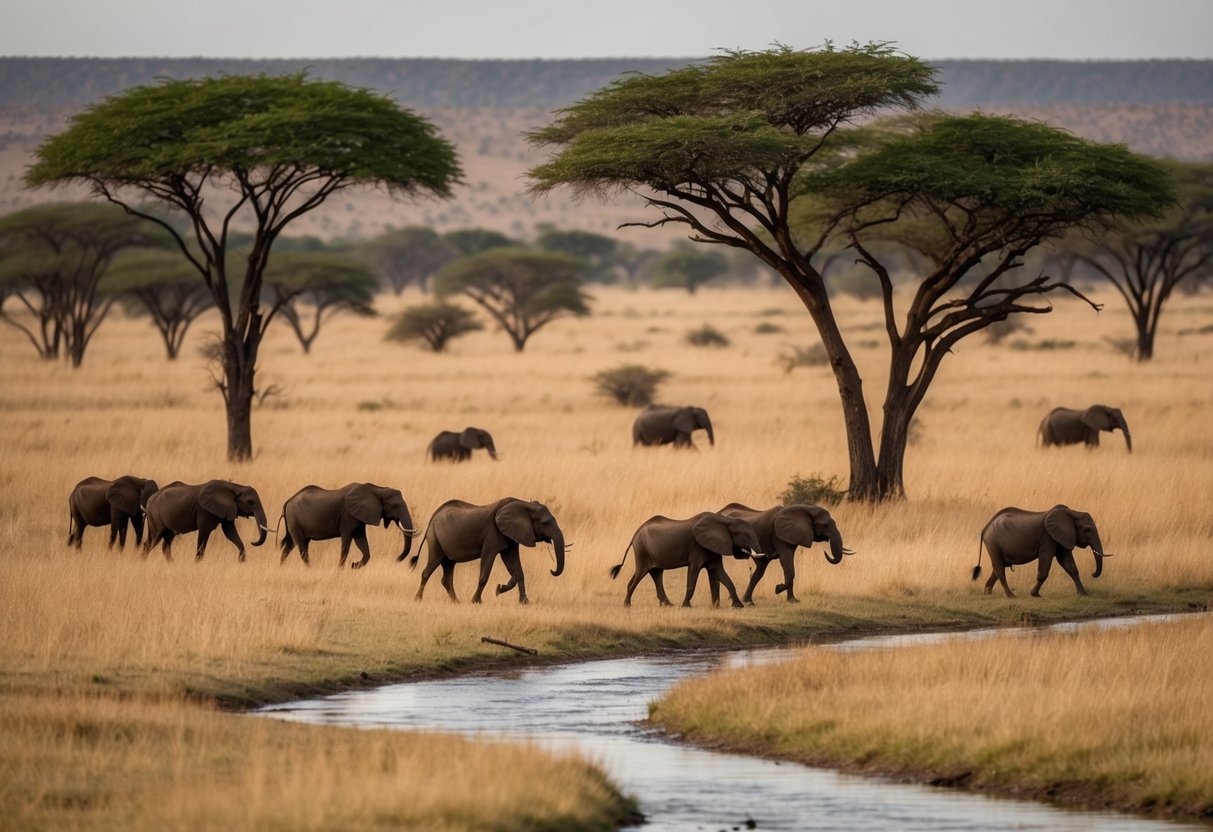
The Big Five and Other Predators
Samburu offers a chance to witness some of the most iconic predators up close. Elephants, often seen near the river, move in herds, displaying their impressive social structures. Lions, frequently spotted on open plains, are key attractions, presenting thrilling sights for visitors. Other predators include leopards and cheetahs, which although elusive, add an air of excitement to any safari.
The richness of predator life is attributed to the plentiful prey availability. Herds of impala and buffalo provide sustenance for these majestic creatures. Observing predator interactions and hunting tactics offers insight into the dynamics of the African savanna, making each encounter unique and memorable.
Bird Watching Highlights
Bird enthusiasts will delight in the array of bird species in Samburu. The vulturine guinea fowl stands out with its striking blue plumage and ornate, featherless head. The riverine habitats and acacia woodlands support a vibrant bird population, featuring kingfishers, bee-eaters, and hornbills.
Ideal for experienced birdwatchers and novices alike, the reserve promises diverse sightings. The combination of native and migratory species provides a constantly changing canvas of avian life throughout the year, ensuring that each visit reveals new and exciting birds to spot. Whether alongside the river or amidst the thorny scrub, the birdlife in Samburu captivates and enchants.
Conservation Efforts

Samburu’s conservation efforts focus on safeguarding its unique wildlife and supporting the local Samburu community. These initiatives contribute to preserving the stunning biodiversity of the Samburu Reserve.
Protecting the Unique Ecosystem
Efforts to protect the distinctive ecosystem in Samburu are crucial. Home to rare wildlife like the Grevy’s zebra, reticulated giraffe, and Somali ostrich, the reserve is a vital habitat. Conservation organizations work to monitor wildlife populations and combat poaching through patrols and technology.
These activities not only keep the animals safe but also help maintain ecological balance. The establishment of protected areas within the Samburu Reserve is another critical step, allowing flora and fauna to thrive without human interference. Continued research into the needs of specific species helps fine-tune conservation strategies, ensuring a sustainable environment for future generations.
Community Involvement and Benefits
The Samburu tribe plays a central role in conservation activities. Local communities are engaged through education programs that promote sustainable practices and emphasize the importance of wildlife conservation. Eco-tourism offers a steady source of income, enhancing livelihoods while encouraging conservation efforts.
By involving the community, conservation projects ensure that local traditions and knowledge contribute to wildlife protection. Revenue from tourism activities is often reinvested into community development projects, such as schools and healthcare facilities. This holistic approach ensures that conservation efforts benefit both the environment and the people who call Samburu their home.